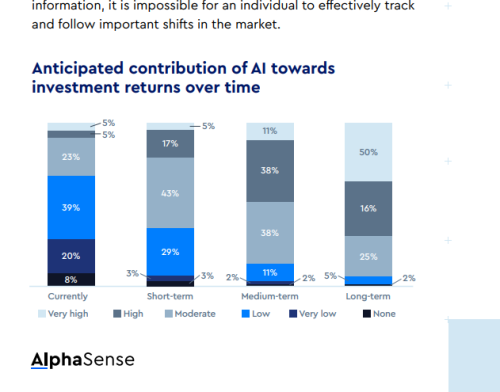Central bankers are queueing up to pat each other on the back for a job well done, as rate-setters around the world signal that the long-running fight against inflation has been won. Yesterday Bank of England (BoE) governor Andrew Bailey was the latest to suggest to the markets that the rate of price rises – spurred by post-pandemic recovery in economies – was starting to slow.
As the Old Lady of Threadneedle Street kept rates at 5.25 percent, Bailey said there had been ‘further encouraging signs that inflation is coming down’ but that the BoE needed more certainty price pressures were fully under control before rowing back borrowing costs.
His rhetoric matched that of European Central Bank president Christine Lagarde, who said recently that policymakers had ‘begun discussing the dialing back of our restrictive stance’, celebrating ‘good progress toward our inflation target’ even though ‘we are not there yet’. Federal Reserve chair Jay Powell intimated much the same this week, after US jobs growth figures for December 2023 and January 2024 were downgraded significantly.
But should the markets take that sentiment as read? In the case of the BoE, only one member of its monetary policy committee (MPC) – London School of Economics associate professor Swati Dhingra – voted for a cut to the base rate. The MPC’s own policy statement was hawkish to a point, noting that indicators of inflation persistence were still high and that policy will be ‘restrictive for sufficiently long’ and ‘restrictive for an extended period’.
Economists are non-plussed, too. ‘We’re not sure this guidance tells us a great deal,’ said Ruth Gregory, deputy chief UK economist at Capital Economics, a London-based research house. ‘It is the data that will decide when rates are cut.’
‘It’s definitely a much more concrete feeling that the next move is going to be a cut and it’s going to be coming – potentially – sooner than we thought, especially now that we don’t have those two hawkish votes,’ added Fiona Cinoctta, market strategist at trading platform operator City Index.
So should issuers start spreading the good news to their investors? Can the good times roll again?
For most developed economies, there is still a complicated picture to contend with. UK companies, for example, are still grappling with low demand, particularly for some sectors, as consumer spending power is weak and disjointed. Inflation in the service sector is still very sticky – 6.1 percent at the last count – despite its strong performance.
Which is to say that for IROs, there is likely to be a degree of caution as this good news is received. Their own company’s individual situation is likely to be far more impactful in the near term than hypothetical rate cuts ever could be.
We should listen to Joachim Nagel, the head of Germany’s Bundesbank, who notes that while the ‘probability is increasing’ that rate cuts are on their way, none of us should fall ‘into euphoria too early’.
How do you read the situation? Are we out of the inflationary woods yet? Let us know, either on LinkedIn or via email at [email protected].










